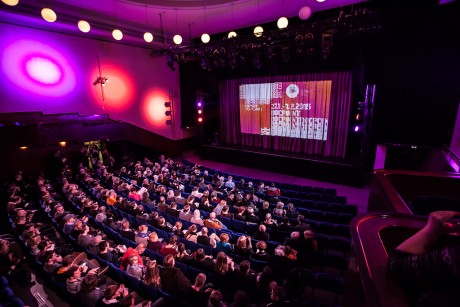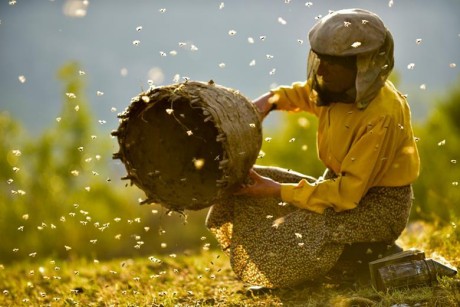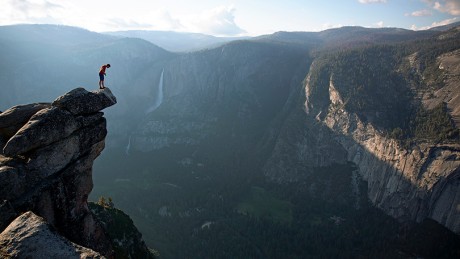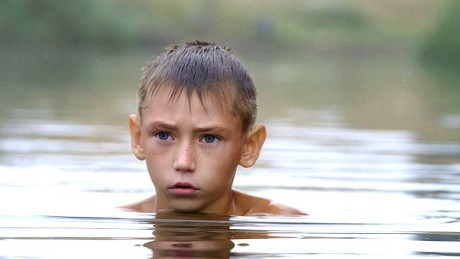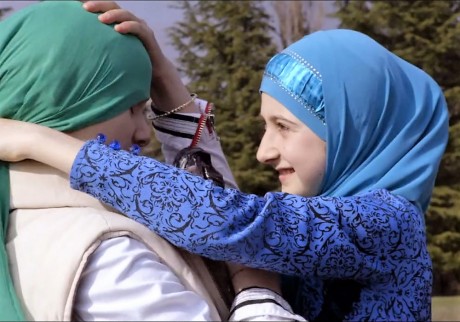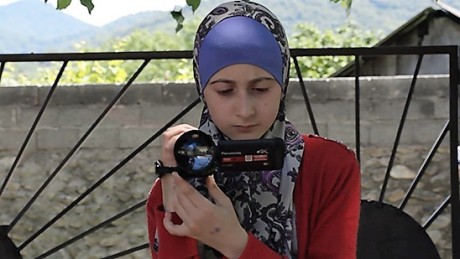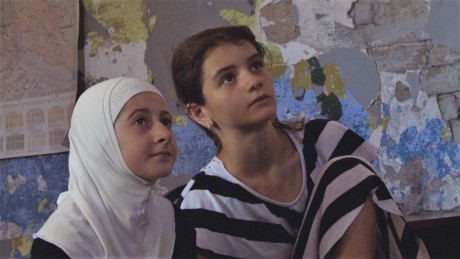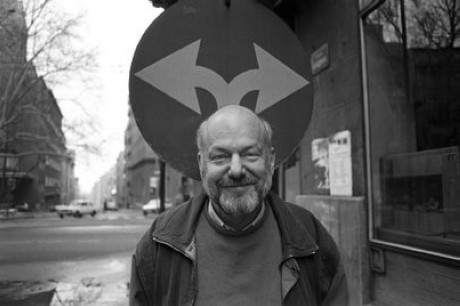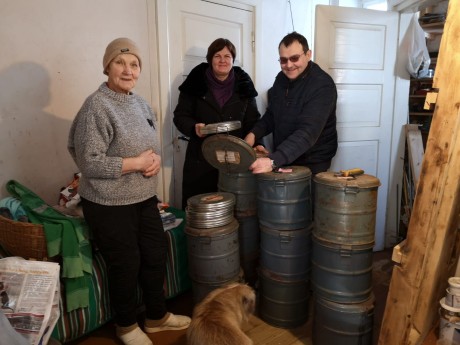


Talal Derki: Of Fathers and Sons
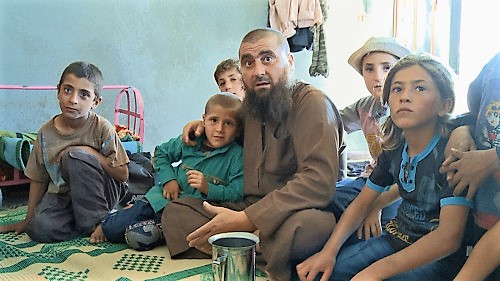
DOCS & TALKS 2019 / CINEMATEKET 04/02 14:00 / ØST FOR PARADIS 26/2 17:00
It stands out. I can not avoid superlatives. And I can not express in words, in a language that is not mine, how I feel after having seen Talal Derki’s new film. Or how I felt while watching it. It is a film that hurts and makes you depressed, sad is too weak a word; it goes to the heart and to the stomach; two boys and a father who loses a foot – it’s all destined by the prophet, he says – the upbringing to Jihad, to kill the enemy, i.e. us, a film that is so well made, with a camera that caresses the face of Osama, the kid, who turns to the camera before he is transported to the sharia school. It’s an unbearable scene, he hugs his brother Ayman, who stays to go to school. The film shows, how hate is built up and also how love always looks like between a father and his sons. I stop here full of admiration for a filmmaker, who formulates his ambition in a text taken from the film’s website:
“fter my film RETURN TO HOMS, which was about the young rebel Basit Sarout and his comrades, I wanted to go deeper. I wanted to penetrate the psychology and the emotions of this war, understand what made people radicalize and what drives them to live under the strict rules of an Islamic state. In the media, war is often portrayed as a chess game and Islam is labeled as evil. If we see the images of war, we get the feeling that it is a unreal parallel world. In OF FATHERS AND SONS, I want to establish a direct relationship between the protagonists and the audience. I would like to take my audience with me on my journey and communicate with them through my camera.
The main characters of my film are Abu Osama (45), one of the founders of Al-Nusra, the Syrian arm of Al-Qaeda, and his two eldest sons Osama (13) and Ayman (12). I have been living with them over the period of 2.5 years and became a part of their family. Although I am an atheist, I prayed with them every day and led the life of a good Muslim to find out, what is happening in my country. Abu Osama is not only a loving father, but also a specialist for car bomb attacks and the disposal of mines. He deeply believes in an Islamic society under the laws of the Shari’ah, the Caliphate, and therefore he also places his children at its service.
I follow Osama and Ayman to a training camp for young fighters and start to understand how the children are affected, as they really do not have a chance to choose freely. How will I become who I am? Where is hope? What will the future look like? What choices do we have? The children are those who enable us to emotionally experience and understand the complex tragedy of Syria. Often, they are the ones who can look through all the madness, and in their own childlike way, they can save the hope.
OF FATHERS AND SONS is my personal journey through a devastated country and a troubled society, looking for answers to my desperate questions about the future of my country and the future of my family who had to flee into exile. ” (Talal Derki)
Germany, Syria, Lebanon, 2017, 98 mins. Tue Steen Müllers anmeldelse har været bragt tidligere her på FILMKOMMENTAREN og dertil yderligere en række blogindlæg om filmen. (ABN)
Trailer på f ilmens hjemmeside: https://www.offathersandsons.com/
SYNOPSIS
If you want to tame your nightmares, you need to capture them first. That’s what Syrian documentary filmmaker Talal Derki learned from his father. As in his previous film Return to Homs, he returns to his homeland and becomes part of life in a war zone. For more than two years he lives with the family of Abu Osama, an Al-Nusra fighter in a small village in northern Syria, focusing his camera mainly on the children. From a young age, the boys are trained to follow in their father’s footsteps and become soldiers of God. The horrors of war and the intimacy of family life are never far from one another. At the nearby battlefront Abu Osama fights against the enemy, while at home he cuddles with the boys and dreams of the caliphate. Talal Derki sets out to capture the moment when the children have to let go of their youth and are finally turned into Jihadi fighters. No matter how close the war comes, there’s one thing they’ve already learned: they must never cry. (Docs & Talks, ed.)
WP IDFA 2017, Sundance 2018 (Grand Jury Prize), CPH:DOX, Vision du réel, DocBarcelona, ZagrebDox (Best Film Int. Comp.),Sheffieldmm. Nomineret til Academy Award’s Oscar 2019.
EVENT
Den gribende og dybt foruroligende dokumentar ”Of Fathers and Sons” har vundet et utal af priser på filmfestivaler verden over det sidste år. Syriske Talal Derki (Return to Homs) har på imponerende vis fået adgang til det intime familieliv blandt en gruppe al-Nusra-krigere i det nordlige Syrien. Instruktøren vender kameraet mod børnene, og filmen bliver til en hjerteskærende skildring af, hvordan den voldelige ideologi overleveres til den næste generation. Sønnerne vokser op i en verden, hvor brutaliteten siver ned i barnelivet og former dem til en fremtid som børnesoldater. (Docs & Talks, ed.)
Efter filmen vil seniorforsker ved DIIS Helle Malmvig sætte os ind i den større historie om det syriske oprør, og hvordan regeringsførelse og legitimitet udøves i et land, der været igennem otte års brutal krig. I samtale med læge og debattør Haifaa Awad, der i flere omgange har været i Idlib-provinsen, spørger vi om, hvad der vil ske for Syriens tabte generation, de børn der ikke har kendt andet end en verden i krig, og hvordan det overhovedet kan blive muligt at genopbygge en syrisk stat. (Docs & Talks ed.)
https://www.dfi.dk/cinemateket/biograf/filmserier/serie/docs-talks-2019 (program og billetter)

